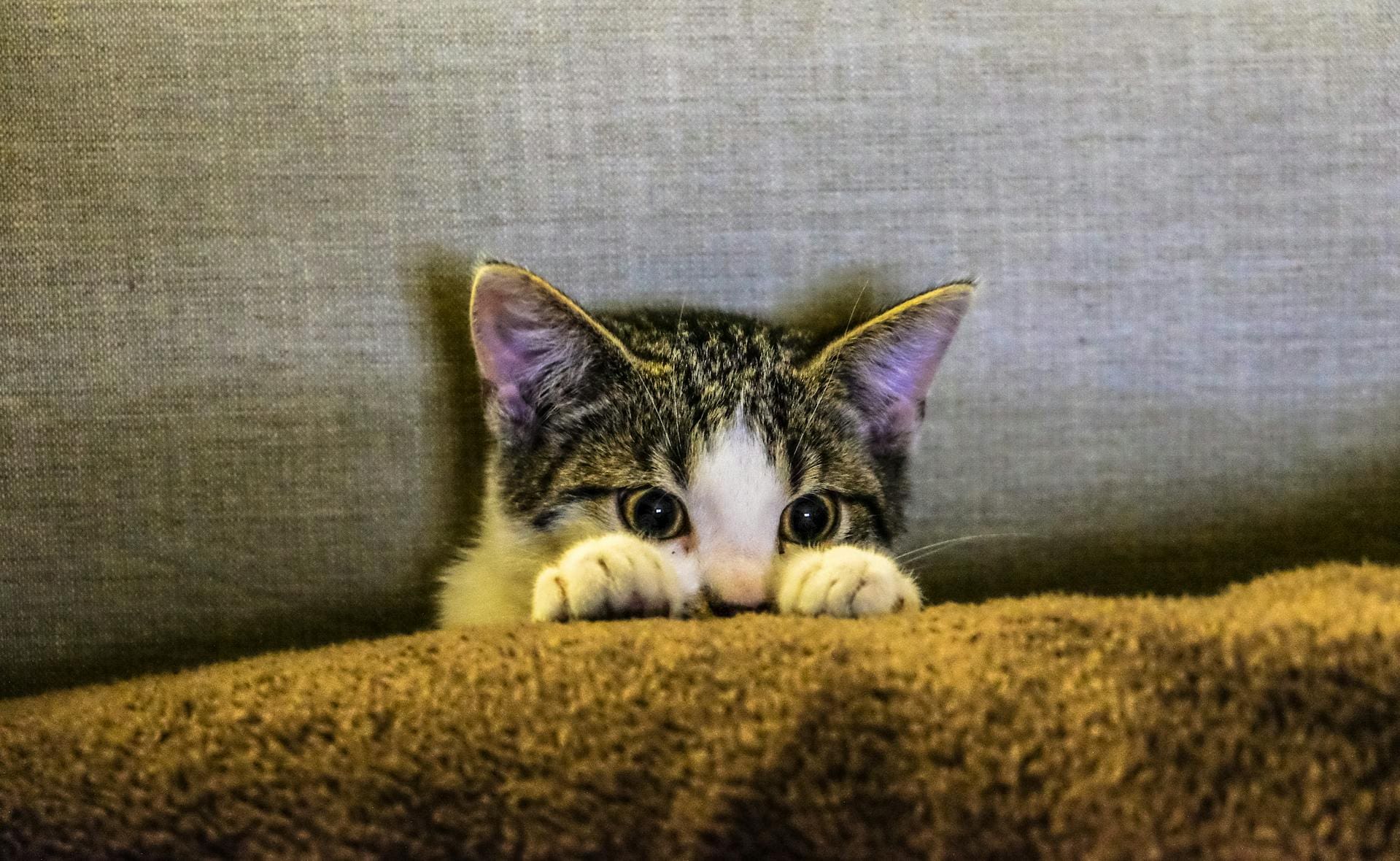You’re fast asleep when your cat suddenly transforms into a ball of fluff tornado, dashing around your home like they’re auditioning for Fast and Furious. The cat midnight zoomies strike at the most inconvenient times, with bewildered owners wondering if their cat has lost its ever-loving mind.
These cat 3 a.m. behaviors aren’t random outbursts of spontaneity. They’re rooted biological habits called Frenetic Random Activity Periods (FRAPs). You must deal with such midnight dashes while relishing the fascinating evolutionary programming of your pet’s nocturnal life.
Your Cat’s Wild Ancestry Explains Everything
House cats never lost their wild roots, and 3 a.m. cat zoomies are proof of this. Domestic cats evolved from African wildcats, which are crepuscular animals—active at dawn and dusk when prey is active.
Key reasons cats go crazy at 3 a.m.:
- Natural hunting schedule: Wild cats hunt when rodents and birds are most active
- Energy storage system: Having slept 12-16 hours a day, cats have huge energy reserves
- Instinctual programming: Household cats have predatory instincts without prey opportunities
- Optimal vision advantage: Cats can see six times more in dim light than humans
Veterinary behaviorists say that cats aren’t actually nocturnal—they’re crepuscular, built to move about during twilight hours. Your living room is a hunting ground where furniture becomes prey in elaborate midnight stalking scenarios. Whiskers, a two-year-old Maine Coon, has a regular habit of treating his owner’s hallway like a NASCAR track at precisely 3:15 a.m., complete with dramatic sliding turns around corners.
Read More: 10 Ways to Bring Your Shy Cat Out of Her Shell
The Science Behind Those Crazy 3 a.m. Sprints
The timing is not coincidental. Cats get zoomies late at night to release unused energy from a lack of hunting or play. Having spent a majority of the day sleeping, your cat’s internal battery is full to capacity and demands instant release.
Domestic cats are offered a unique challenge: they possess all the instincts of apex predators but lack adequate avenues for their expression. This creates a perfect environment for outbursts of energy that would otherwise occur during nature’s hunting hours. The 3 a.m. phenomenon adheres to your cat’s natural clock, triggering high-energy bursts whenever their ancestors would be pursuing prey.
Professional animal behaviorists attest that well-exercised cats don’t have intense midnight zoomies. The activity usually indicates not enough mental and physical stimulation during waking life.
Read More: 10 Signs Your Cat Isn’t Feeling Well
Taming the Midnight Madness
It is not necessary to accept sleepless nights when managing cat midnight zoomies. Effective daytime energy management and environmental stimulation can help curb much of the nighttime madness without interfering with your cat’s natural behavior.
Successful techniques to control 3 a.m. racing:
Interactive play sessions: Plan 10-15 minute hunting-style playtime sessions before eating.
Evening activity: Have active play 1-2 hours before bedtime.
Puzzle feeders: Get cats to work for food to satisfy hunting drives.
Environmental enrichment: Provide climbing structures, hideaways, and rotating toys
Take the zoomies as a statement on your cat’s part, “I’m bored, and now everybody will know it!” Rather than fighting millions of years of evolution, work with your cat’s built-in programming.
Living in Harmony with Your Indoor Predator
These midnight marathons are the ultimate expressions of crepuscular nature, hunting drives, and energy systems that helped keep their ancestors alive.
Attempt timed feeding toys or motion-fed feeders, which dispense small quantities of food at natural hunting times. Interactive puzzle toys that challenge cats mentally yet satisfy predatory drives work for some owners.
Ready to reclaim your sleep while honoring your cat’s evolutionary heritage? Start implementing structured daytime enrichment and watch those interruptive 3 a.m. zoomies become acceptable manifestations of your cat’s fascinating wild programming.
Read More: 12 Ways Your Cat Is Saying “I Love You”






